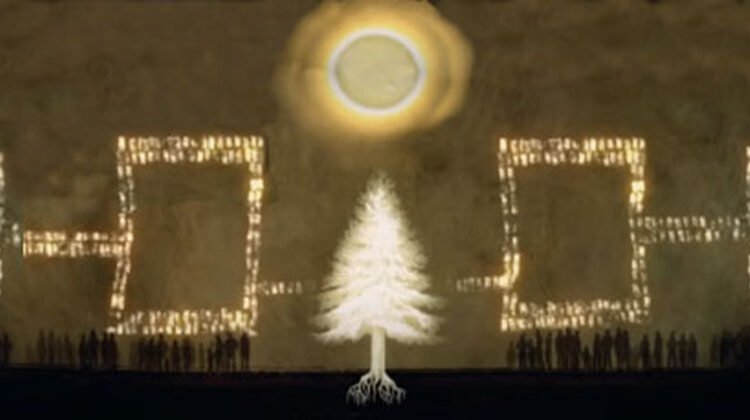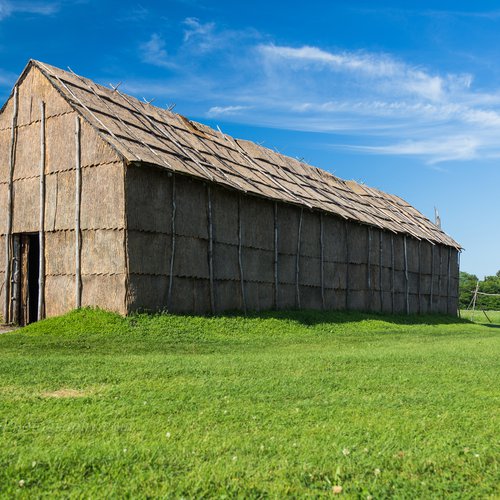How a Solar Eclipse Helped the Haudenosaunee Confederacy Forge the First Known Democracy

A solar eclipse is a powerful celestial spectacle to witness. Throughout history in cultures worldwide, it has often been seen as good or evil - omens or signs from the divine. One eclipse, possibly in 909 A.D., is said to have influenced the inception of the first known democratic government, the Haudenosaunee Confederacy, known as Gaya•neñ•hsä•’gó•nah, or The Great Law of Peace, on Turtle Island (North America).
On April 8, 2024, a solar eclipse will once again traverse the lands of the Haudenosaunee, marking a significant, yet not widely known, event in human history.
According to Haudenosaunee tradition, the Indigenous Peoples of what is now New York State, which included the five nations of Mohawk, Seneca, Onondaga, Oneida and Cayuga, were once locked in a period of strife and warfare. Amidst this turmoil and conflict, the story tells that the Creator sent a messenger from across the Great Lakes, known as the Peacemaker. He was sent to bring peace (Skä·noñh) and unity to the people, which could be established only if they were in proper relationship with the natural world.
A Sign in the Sky
The Peacemaker faced an arduous challenge. After a long period of division, deep-rooted skepticism and mistrust festered among the nations. Through a gauntlet of trials and prophecies, he endeavored to earn the people's trust, demonstrating his divine mandate. Gradually, he turned each nation to peace, yet the Senecas remained unconvinced. During a conflict involving the Senecas, the sky suddenly darkened as an eclipse took place and halted the violence. Witnessing this awe-inspiring cosmic event, the Senecas embraced the Peacemaker as the emissary of the Creator, catalyzing a collective resolve towards unity. With that eclipse as a divine omen, the five nations of the Haudenosaunee convened, acknowledging it as a sacred moment, which inspired them to follow the Great Law of Peace.
The First Democracy
The seeds of democracy, born from the moment of an eclipse, were sown as the Haudenosaunee Confederacy was established, thereby creating the first known system of governance rooted in equality, justice and collective decision-making. Together, clan representatives from the five nations planted the Tree of Peace at Onondaga Lake, burying their past grievances symbolically with a hatchet and establishing a government founded on principles of peace and cooperation. This was the origin of the phrase, bury the hatchet.
A Lasting Peace
The Peacemaker told Tadodaho, the spiritual center of the Grand Council of 50 hoyane ("men of the good mind") to make sure that decisions were aligned not only for the Haudenosaunee people of that time, but for the Seven Generations not yet born.

Exact Date Unknown
Scholars, historians and archeologists have proposed various dates for this fateful eclipse. While the some favor 1451 A.D., many argue for an earlier date in 1142 A.D., or more recently, some have theorized 909 A.D., which also saw a documented eclipse. According to a timeline on the Onondaga Nation website, "The Haudenosaunee believe that our league was formed much earlier." Despite ongoing research, the exact year remains elusive.
You can visit The Ganondagan State Historic Site, where the Seneca battle was said to have been ended by an eclipse in Victor, NY on April 8 and pay tribute to this historic event or go on a quieter day when you can reflect and enjoy the peaceful surroundings. The site is open to the public. Also, if you want to learn more about the founding of the Great Law of Peace, you can visit the Skä·noñh—Great Law of Peace Center at Onondaga Lake Park in Liverpool, NY.

